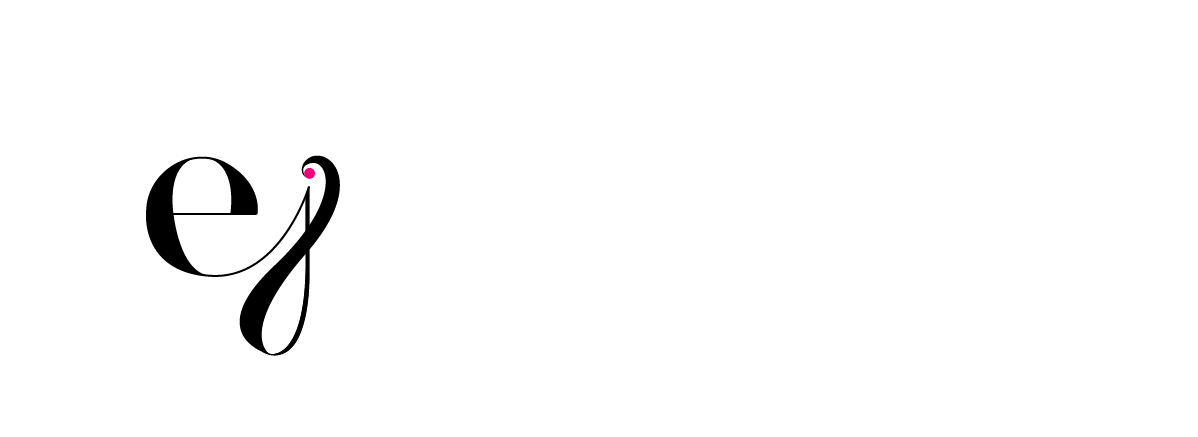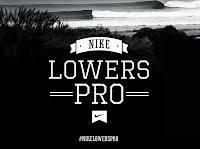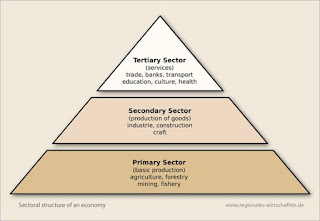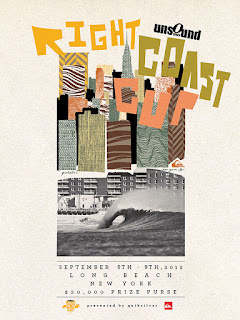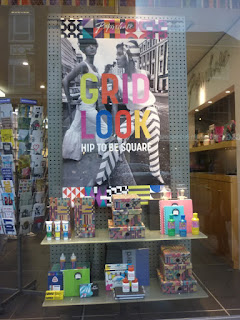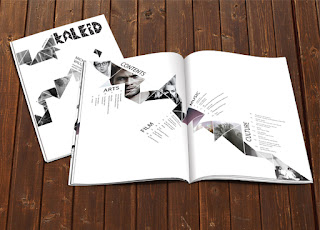10 Questions I want to ask about the Industry
1. How do you get your work out there?
2. How do you attract clients?
3. How do you run a professional business?
5. How do you price work for clients?
6. What's the best way to start in the industry?
7. Who can help you get into the industry?
8. How do you manage your cliental?
9. How do you interact with your client?
10. What makes a good portfolio?
5 Group Questions to ask about the Industry
1. How do you present your portfolio to a potential employer?
2. How do you manage your client base?
3. Would studio visits and internships help gain a realistic experience in the industry?
4. How do you go about gaining an internship or job overseas?
5. Whats the best way to gain contacts and promote yourself?
Class Questions to ask about the Industry
1. How do you promote your portfolio?
2. What mistakes do people make?
3. What's the best way to contact them?
4. How do you make the most of the experience?
5. How do you get the opportunity?
6. How do you charge/get paid?
7. Would you suit working for a big or small company?
8. What is expected of you?
Forms of Experience
-Internships
-Live Briefs
-Visiting Professionals (Here)
-Freelance
-Online Networking
-Trade Events
-Exhibitions
-Visiting Studios
-Business Support
-Research
How you get it?
-Direct contact
-Requesting samples
-Tailoring portfolio
-Professional/creative networks
-Apply appropriate places
-Ask for feedback
-Being confident and professional
What do you need to get Industry Experience?
-Confident attitude
-Be approachable
-Professionalism
-Enthusiastic
-Commitment
-Good portfolio
-Online presence
-Contacts
-Design identity, business cards
-Knowledge of the company
-Relevant skills
-Punctual
-Organised
-Independent
-Good work ethic
-Personal presentation
-Proactive
What can you gain from the Industry Experience?
-Clear design path
-Different perspective on what you want to do
-Confidence in your work and professional self
-Contacts and recognition
-Learning from your mistakes
-A job
-Enjoyment
-Skills
-Interacting
-Build up portfolio
-Better reputation
-Money
-Inspiration
-Taste of real world
-Finding your niche
-Dealing with different people/environment
-Time management
-Pace
-Ethics
